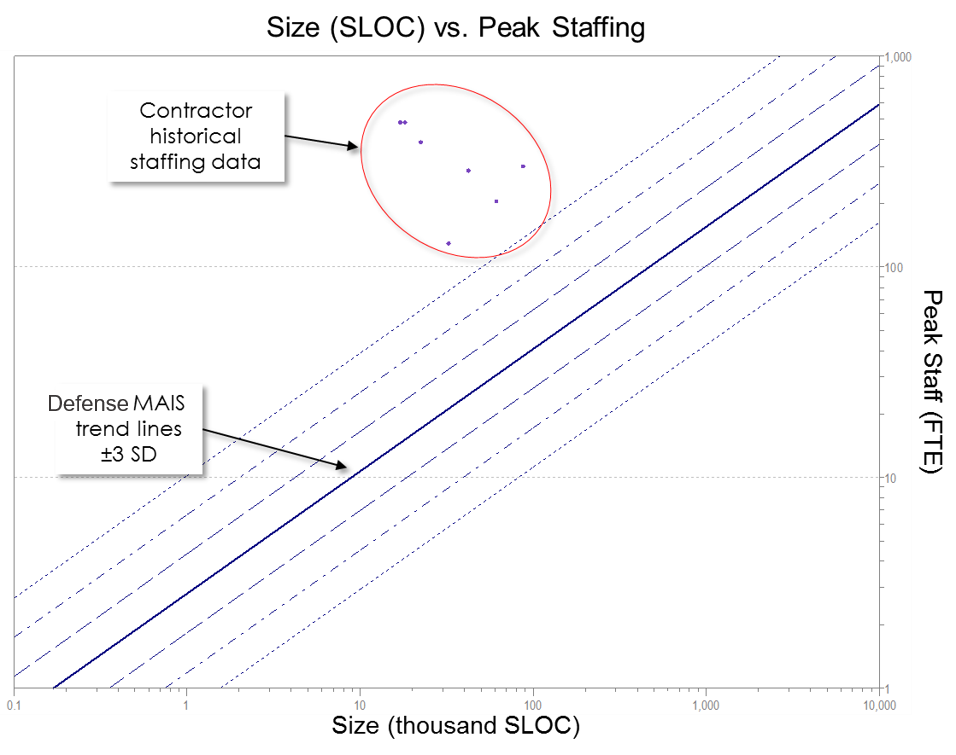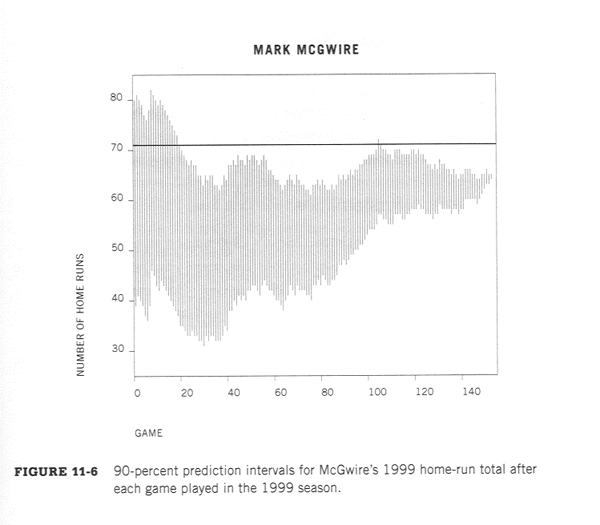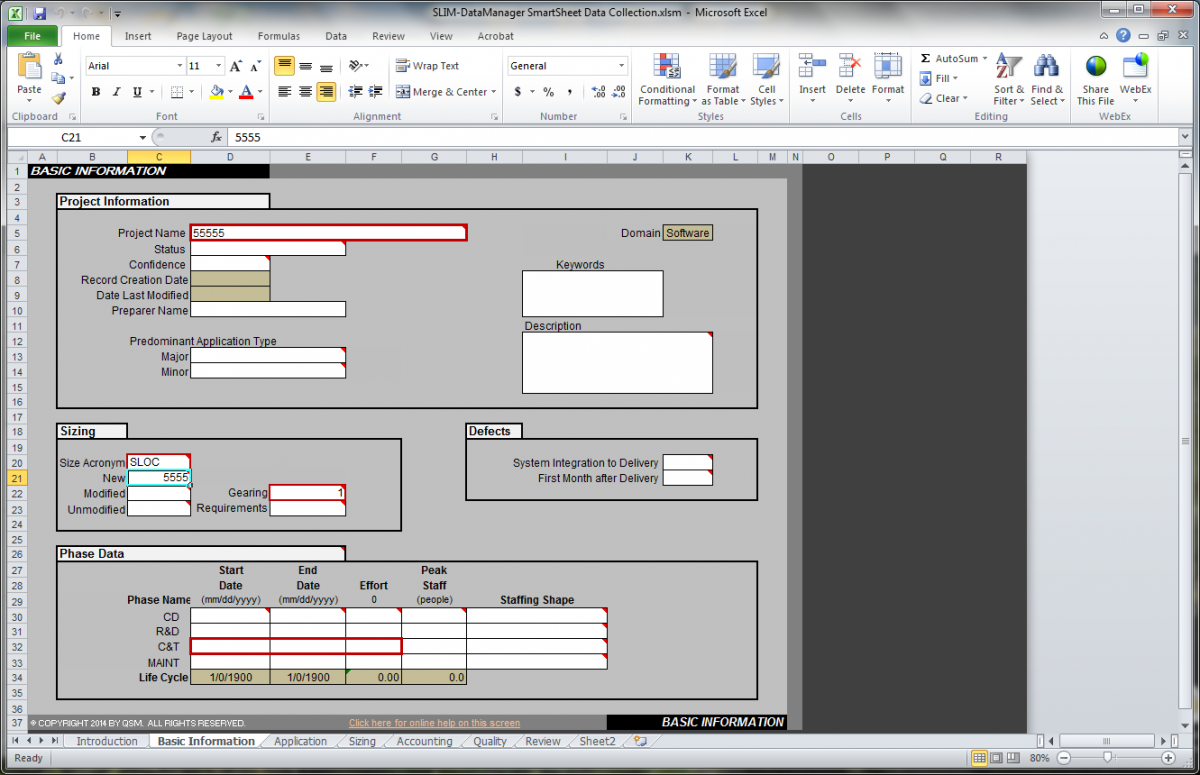Circa 2021, What Does a “Typical” Software Project Look Like?
Background
No two software projects are exactly alike. So, one way to find out what a “typical” software project looks like is to take a large sample of completed projects from the QSM historical database of over 13,000 completed software projects and look at measurements of central tendency for staff, effort, size, schedule duration, and productivity.
For this study, QSM looked at validated projects that completed beginning in 2010. We eliminated 1 person projects and those that expended less than 1 person month of effort. The eliminated projects accounted for 13% of the sample. About 80% of the projects fell into the Business IT application domain, many of which were from the financial services sector. This domain includes projects that typically automate common business functions such as payroll, financial transactions, personnel, order entry, inventory management, materials handling, warranty and maintenance products. We determined both a median and an average for each metric. With the exception of schedule (project duration), these differed significantly which indicates that that the sample metric values were not normally distributed. To minimize the effect of unrepresentative projects (those that comprise a small part of the sample, but whose metric values are very large or very small), we decided to use the medians – values with 50% of the projects above and 50% below the “average” as a better measure of central tendency.
The "Typical" Project
|
Metric |
Median |
|
Average Staff (Full Time Equivalent) |
4.87 |






 Television has done a fine job of glamorizing the job of an investigator. Whether you fancy the classic Sherlock Holmes, the affable Colombo, or even perhaps enjoy the suspense associated with cracking the case on television shows like “The First 48,” Hollywood has tried to make us believe the search for clues is always exciting. However, those who have searched thousand row spreadsheets for
Television has done a fine job of glamorizing the job of an investigator. Whether you fancy the classic Sherlock Holmes, the affable Colombo, or even perhaps enjoy the suspense associated with cracking the case on television shows like “The First 48,” Hollywood has tried to make us believe the search for clues is always exciting. However, those who have searched thousand row spreadsheets for 